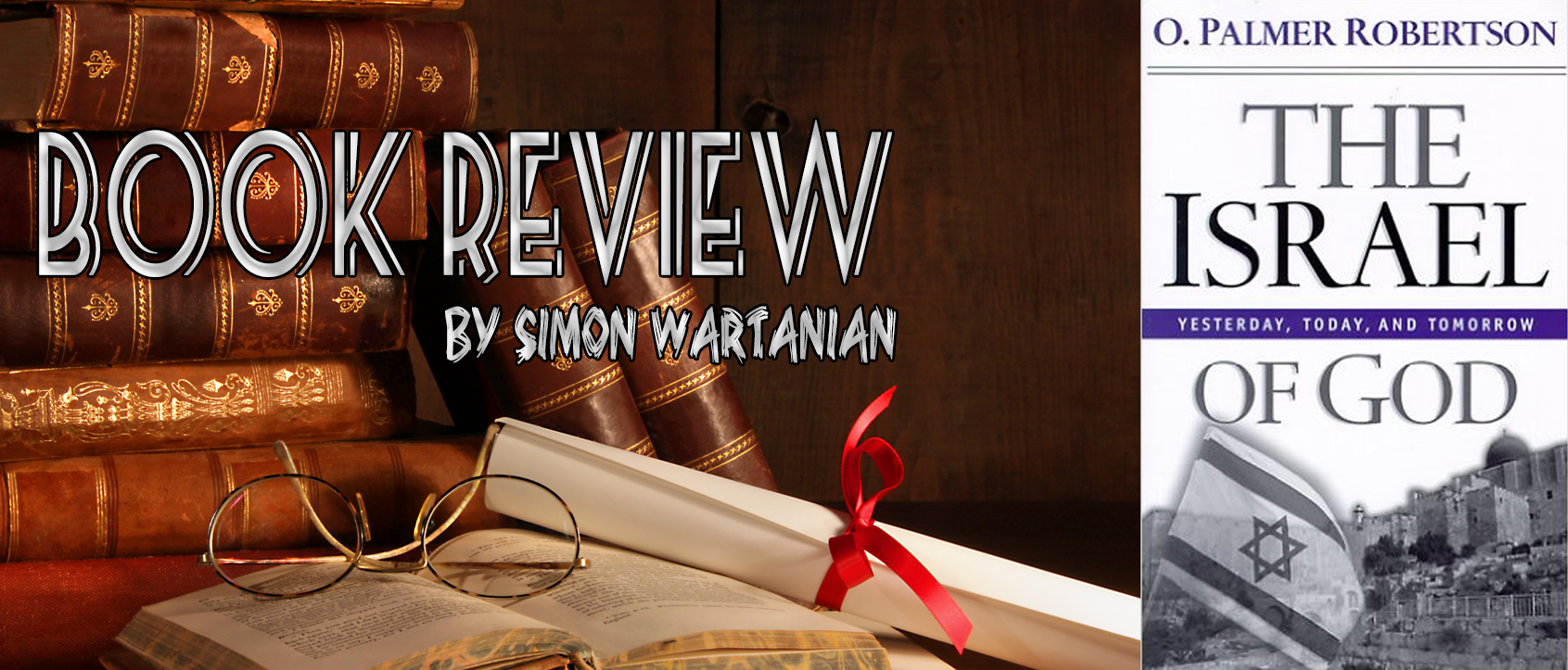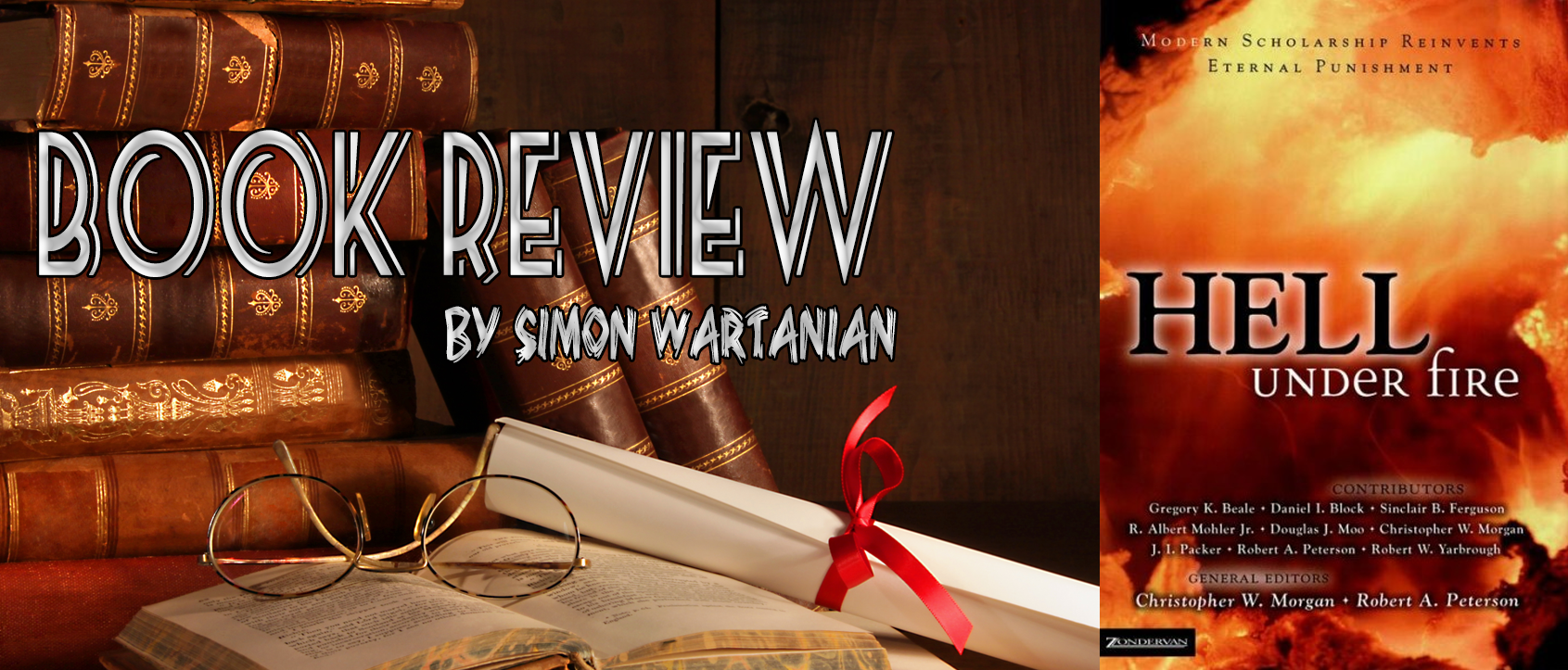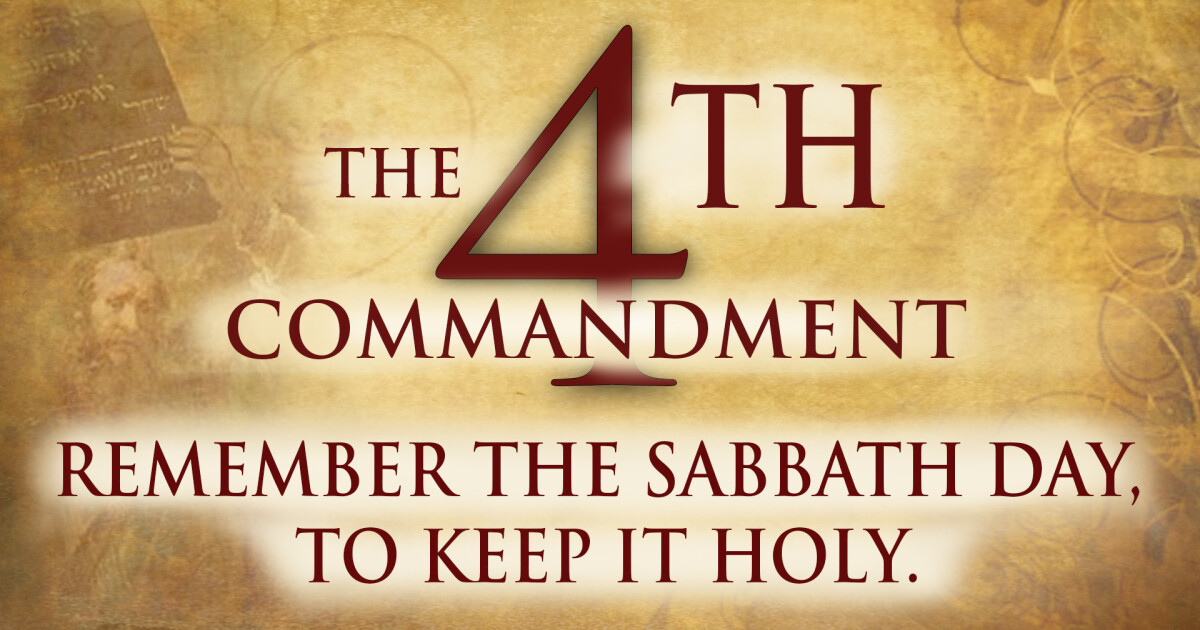Indeed, differences of race have never been an obstacle to joining Israel which did not know the concept of purity of blood. . . . Circumcision turned a man of foreign origin into an Israelite. (p. 35)
I found this very interesting coming from a Jew. Circumcision is what made one an Israelite and not ethnic origin. We know that in the New Covenant that fleshly circumcision is no longer required, but a new Creation is what counts (Gal 6:15-16), i.e., circumcision of the heart (2Cor 3:3; Rom 2:25-28; etc.).
The glory of the New Covenant is in the fact that the people of God are not only gathered from Israel, but from “from every tribe and language and people and nation” (Rev 5:9). The distinction between Jew and Gentile no longer applies under the New Covenant (e.g. Gal 3:28). In fact, Paul explicitly says that Jew and Gentile believers have been made one in Christ in Ephesians 2.
There was a helpful discussion and exegesis of the text from which the book gets its name, Galatians 6:16. Dr. Robertson shows how the “Israel of God” in the entire context of Galatians cannot mean anything but all believing Jews and Gentiles. I found his exegesis and discussion on the text very helpful (pp. 38-46).
Dr. Robertson argues that a return to the old land is a return to the shadows of the Old Covenant which are done away with in Christ. Moreover, Dispensationalists believe that there is distinction between Israel and the Church and in the Millennium the Jews will be the head. This is nothing more than the old distinction between Jew and Gentile, which Christ has abolished, but now it is being brought again. This is a return to the Old Covenant which has been abrogated. It is a return to the shadows. It is impossible.
Another helpful aspect which Robertson touches on is the fact that the majority of Israel is still in rebellion against Christ, they are not part of the Covenant of Grace (New Covenant), therefore, they have no theological claim upon the land, not to mention the typology of the land of Canaan. Only those who have faith in the Christ of God can claim the promises of God.
Its Worship
The book of Hebrews is probably my second favorite epistle after Romans. It is masterful and deep. This chapter is dedicated to an exegesis of Hebrews 7 wherein the superiority of the New Covenant is shown. Although not stated explicitly at the beginning, the purpose of this chapter is to make impossible the idea of a rebuild temple and priesthood for whatever reason by showing the superiority of the work of Christ and how by His work He has abolished the old system. This was a very enjoyable chapter.
Because of this great privilege of continual access to the very presence of God himself, we should look for no other city, temple, sacrifice, or priesthood. The perfections of Jesus provide all we need, both for this life and for that which is to come. As a consequence, our worship cannot conform to the old patterns associated with the previous priesthood and sacrifices. Instead, the new covenant community must worship in a way that indicates that the old rituals are gone and the eternal realities have come. (p. 83)
Its Lifestyle
Chapter four was perhaps the chapter from which I l...


